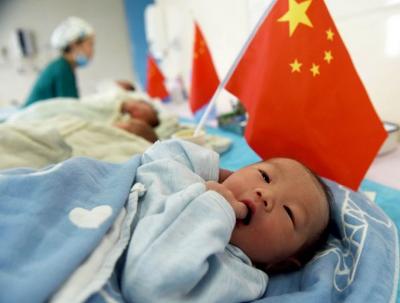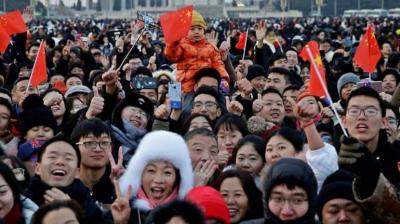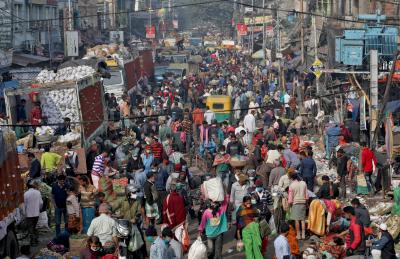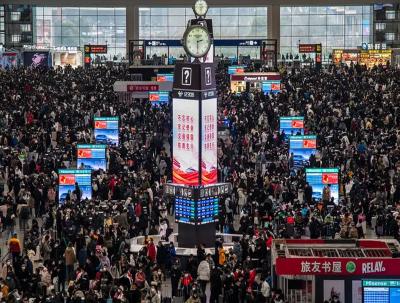China Faces Major Challenge as Population Declines
By Lokmat English Desk | Updated: February 22, 2024 14:37 IST2024-02-22T14:37:57+5:302024-02-22T14:37:57+5:30

The "Hum Do, Hamare Do" ad campaign is widely recognized, as numerous countries have adopted policies to manage population growth. However, China stands out as the sole nation advocating for the "one child is enough" policy. The enforcement of this rule was so stringent that families refrained from having additional children.

In response to declining population trends, China reversed its strict stance and encouraged families to have more children. Initially implementing a two-child policy, the government later expanded allowances, permitting up to three children in 2021. Additionally, Chinese authorities proposed financial incentives for couples who choose to expand their families, aiming to address demographic concerns.

The Population Research Institute of Beijing think tank has released a report revealing that China's population is steadily declining, with the highest expenditure being attributed to child rearing. This expenditure surpasses that of both the United States and Japan.

Following the birth of a child, a significant portion of responsibility typically falls on the mother's shoulders. Between 2010 and 2018, the time children spent on homework per week increased from 3.67 hours to 5.88 hours. As a result, mothers often find themselves needing to take time away from their employment to care for their children.

In numerous countries around the world, couples are opting to have fewer than two children. This trend can be attributed to several factors, including women giving birth at older ages, prioritizing education and career pursuits over starting a family, and the challenges of managing expenses, family obligations, and work responsibilities after having children.

According to the National Bureau of Statistics, China recorded the birth of 90.2 million children in 2023. This marked the first instance of consecutive population decline since the period of the 1959-61 famine. It is projected that China's birth rate will continue to decrease in the coming years.

The number of elderly individuals in China is steadily rising, posing significant demographic challenges. By 2050, it is estimated that one-third of the workforce will experience a decline in productivity due to aging. Considering China's status as one of the world's most productive nations, a decrease in the number of young people could indeed have notable implications for the market and overall economic dynamics.

China recognizes the importance of a youthful population for progress and development. Consequently, the nation aims to mitigate any shortage of young people. In 2024, Chinese authorities are optimistic about positive developments, coinciding with the auspicious year of the dragon in Chinese astrology, which symbolizes luck and prosperity.

The declining population in China will undoubtedly have significant ramifications for the country's economic growth rate and production capacity, thus impacting its overall development trajectory. With China currently experiencing the lowest birth rate in the world, the long-term effects on the nation's demographic composition could pose substantial challenges for sustaining economic momentum and ensuring continued development.


















